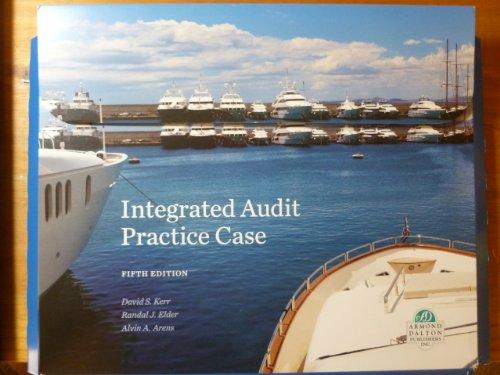When you identified income statement fluctuations in steps (e) and (f) of this assignment, which information did
Question:
When you identified income statement fluctuations in steps (e) and (f) of this assignment, which information did you find most helpful—comparisons of the current year's and prior year's balances, or comparisons of the current year's and prior year's balances as a percentage of sales? Explain.
e. Review the common-size balance sheet and income statement (workpapers 2-6 and 2-7), noting accounts that may require follow-up with the client because of material unexpected fluctuations or lack of fluctuations where fluctuations were expected.
Use the top of workpaper 2-4-a to list two additional balance sheet accounts that you believe present the highest risks of misstatement requiring follow-up. Also state how each account balance differs from your expectations.
Use the bottom of workpaper 2-4-a to list three income statement accounts that you believe warrant follow-up due to unexpected fluctuations or lack of fluctuations where fluctuations were expected. Also state how each account balance differs from your expectations.
f. Review each of the divisional income statements (workpapers 2-8 through 2-12), noting any significant fluctuations that should be investigated and discussed with the client.
Use workpaper 2-4-b to list the three divisional accounts that you believe are most likely to be misstated as indicated by unexpected fluctuations or lack of fluctuation where expected. Also state how each account balance differs from your expectations.
Step by Step Answer:

Integrated Audit Practice Case
ISBN: 9780912503356
5th Edition
Authors: David S. Kerr, Randal J. Elder, Alvin A. Arens





